Blues, Blood, & Big Formats: How DP Autumn Durald Arkapaw Brought “Sinners” to Epic, IMAX-Sized Life
Yes, there are vampires, but Sinners also excels as a period piece, a history lesson, a romance, a drama, an action movie, and a music-driven drama in ways that have made director Ryan Coogler‘s fifth movie the top-grossing original film of the decade. Based on his own script about gangster twins Smoke and Stack (played by Michael B. Jordan) who return to their Mississippi roots with a bag of ill-gotten cash and a plan to start their own juke joint in the middle of the woods, Sinners achieves epic cinematic scope thanks in part to the large-format finesse displayed by director of photography Autumn Durald Arkapaw.
A graduate of the American Film Institute, Arkapaw first worked with Coogler on Black Panther: Wakanda Forever. After completing The Last Showgirl, she learned to master 65 mm IMAX image capture, earning the distinction of becoming the first female cinematographer to shoot on the super-sized cameras. She recalls, “Ryan always says on set, ‘Big Movie! Big Movie!’ in a very inspirational, funny way. He did that on Wakanda Forever, too. Ryan has given me opportunities to grow and excel in my craft, opportunities that aren’t often offered to someone like me.”
Sinners, which received a 98% rating on Rotten Tomatoes and earned $123 million in its first two weeks of release, is also available in IMAX theaters, as well as in conventional formats.
In the first part of a two-part interview, Arkapaw, speaking from her home in Los Angeles, discusses the black and white 1930s photographs that sparked her imagination and how she helped Coogler scale up the scope of ‘Sinner’ one camera test at a time.
How did you guys arrive at the idea of shooting Sinners in large format?
Ryan originally wanted to shoot on 16 mm film, but after talking to VFX supervisors, we felt we needed a more stable negative to work with the visual effects and achieve higher resolution in post. So Ryan said 35, and then the studio called and said, “Are you guys considering large format?” This got Ryan thinking along that track, which we explored by looking at 70mm clips at FotoKem. In that theater, looking at the 70 [millimeter] being projected, Ryan stood up and said, “This is what I’ve been missing.”
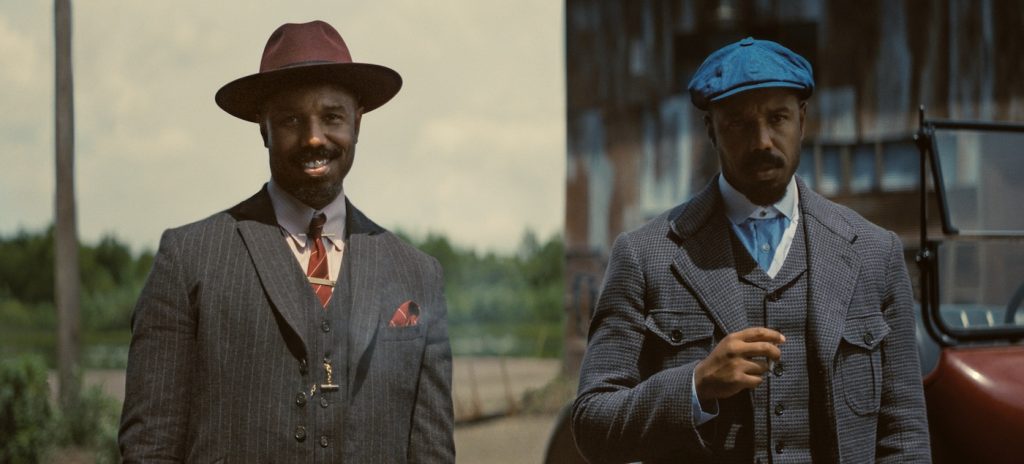
That must have been exciting.
Once you wrap your mind around that large format, there’s no going back. We did a test out in the desert for the 2.76:1 aspect ratio Ultra Panavision for the scope to show the flat horizon of the Mississippi Delta, and we also looked at IMAX. Ryan put together a little edit after we shot the footage to check the ratio jump [between Ultra Panasonic and the taller 1.43:1 IMAX] and make sure it felt right for the story. That’s how we chose those two formats.
What did you key into in terms of visual references for the look of this movie?
Ryan suggested I check out a book of photographs by Eudora Welty as one of his favorite references. As a DP, I love it when someone gives me photography references. I come from a photography background. I love portraiture and am an emotional shooter. When I operate, it’s about the connection I have with the subject and capturing their soul, regardless of the format. I ordered the book and sent him my favorite pictures [from it]. In prep, Ryan also shared images that Hannah Beachler, our production designer, had presented in her vision board from a 1940s Farm Security Administration project shot on Kodachrome slide film. They had this beautiful saturation and depth.
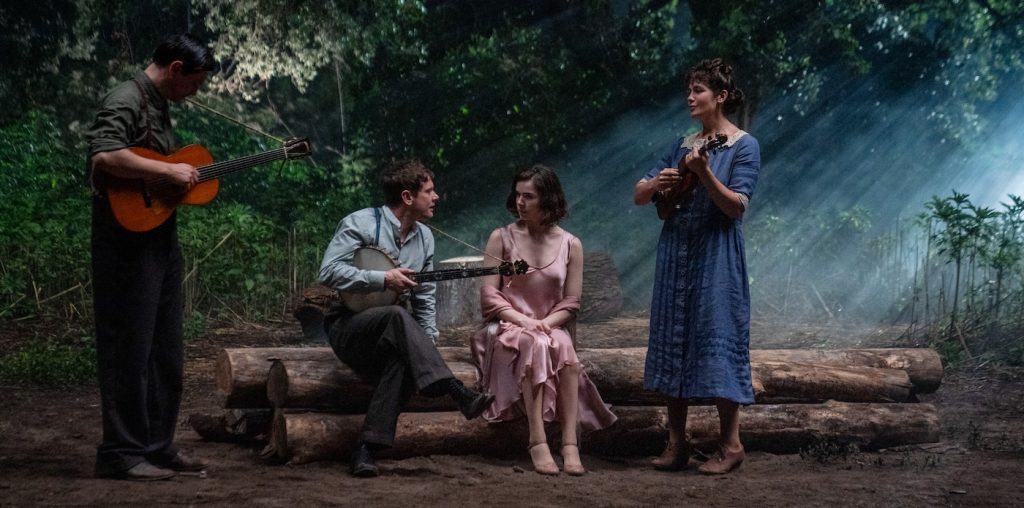
What about movies?
The Thing came up as a reference. Inside Llewyn Davis is one of his favorite films – obviously, there’s a musical element to that. There Will Be Blood and No Country for Old Men. We’re both film nerds, so we watch clips and draw from them, but I feel that it’s these photographs of Mississippi rural life that touched me the most.
To capture large-format film images, you need cameras that are physically large and heavy, right?
This format is called Ultra Panavision 70. We used Panavision’s System 65 cameras and Ultra Panatar lenses, which are 1.3x anamorphic lenses. This camera shoots in a 2.76 aspect ratio on 65mm 5-perf film. The cameras weigh 100 pounds, so yes, they are very heavy. They’re the same cameras that Chris Nolan and Hoyte van Hoytema use when they shoot their films, and they were also used on The Hateful 8.

Did the sheer heft of those cameras impact your approach?
The advice we got early on was that it doesn’t matter if the camera is bigger or heavier. Just shoot your movie the way you envision it. We took that to heart because when you’re out there thinking about the character’s emotions and the landscape, you’re not thinking about the size of the camera. There are logistical things you need to work through with your crew and take into account when scheduling your day. But it’s more about “What is the best framing and what’s most important for the story?”
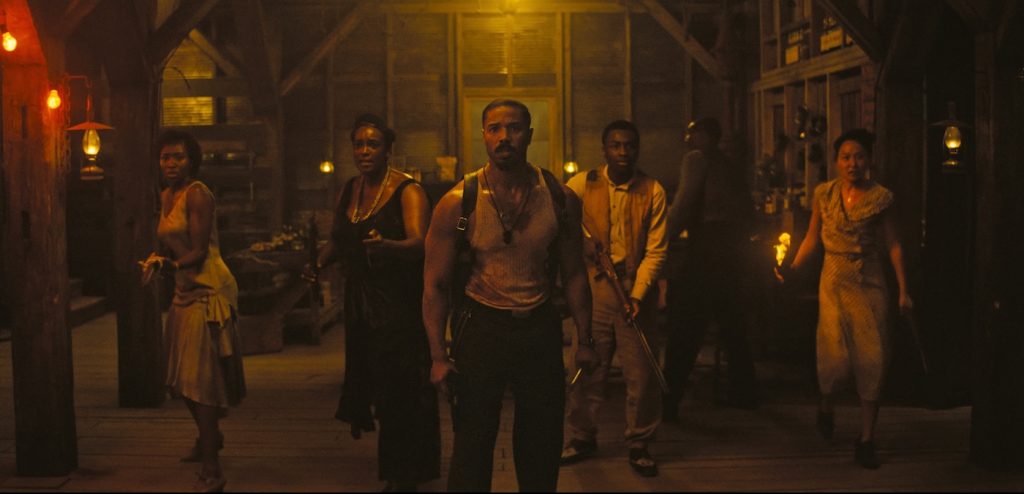
The “Mississippi Delta” shots that you filmed in Louisiana evoke an epic scale. How did you figure out where and how to frame the rural settings?
On scouting days, I use an app called Artemis. You input your camera’s technical details, take a reference photo, and it gives you a sense of the framing with those formats. Ryan and I used it to figure out where the wide shots would be and determine which side of the line we’d be shooting from. We map all of this out in pre-production. It’s reassuring to have a clear concept before shooting, though of course, things can change on the day.
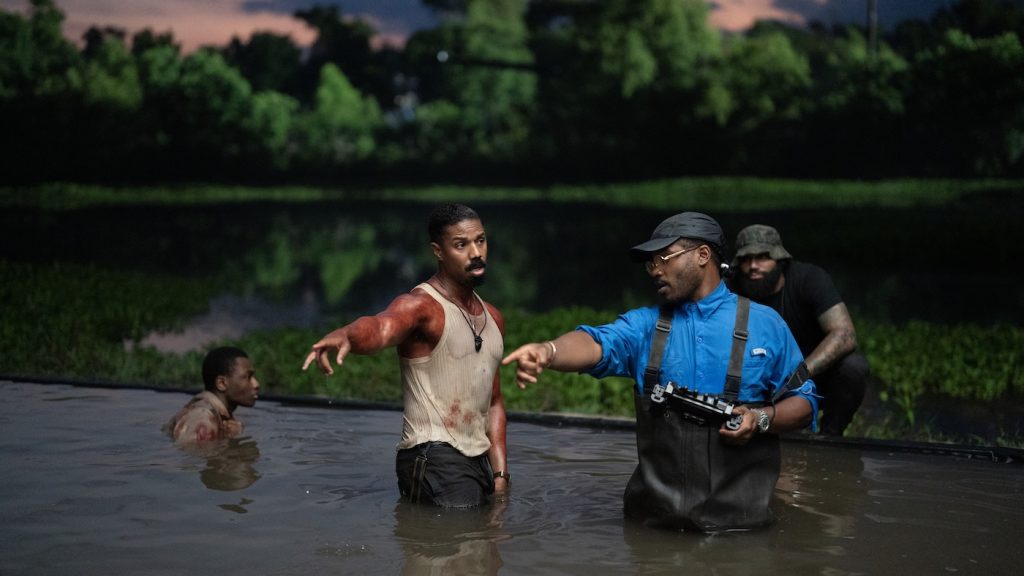
The colors are so rich – the blue of the big sky, the greens and whites of the cottonfields. What kind of film stock did you use?
We conducted tests and decided to use KodakVision 3 500T for everything: the 5-perf and 15-perf, for day exteriors, night exteriors, and interiors – everything. By doing that, you get consistency in the grain structure, which I appreciate. Plus, it creates a smoother workflow with the camera department when you stick to the same stock throughout the entire film.
How did you retain the integrity of the colors and shadows when you made prints?
In prep when we printed our camera tests and looked at them in 70 [millimeter] at Imax headquarters, I liked feeling a bit more texture in the day exteriors by using the 500 T. Now, that makes it harder when you’re shooting the higher ASA for day exteriors because you have to put a lot more ND [neutral density filters] on the camera, which makes it more difficult to see through the eyepiece. Shadow detail and density are all about how you expose the film, and I tend to underexpose everything, even day exterior.
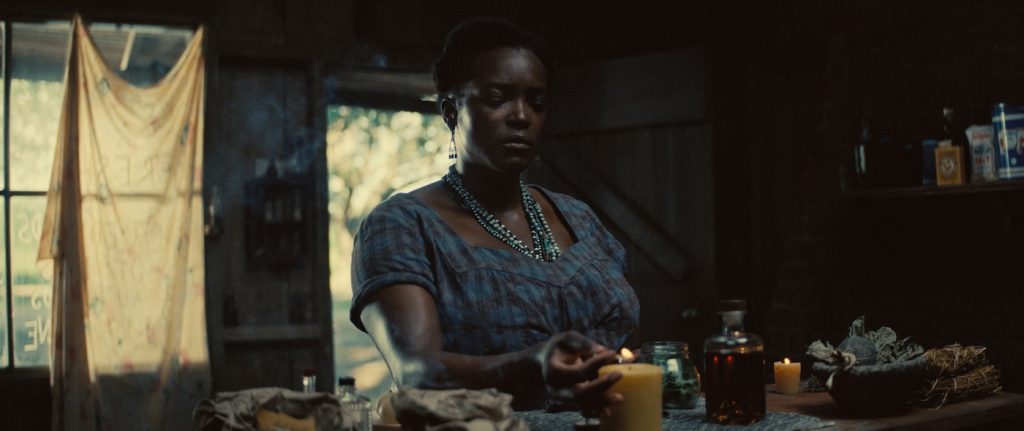
The landscape is the backdrop to vivid characters outfitted with smart dialogue and beautiful clothes. How did you make sure those elements would translate well?
We shot costume, hair, and makeup tests, then printed the dailies and viewed them in a theater with the whole team. By choosing this format, Ryan and I wanted the final projected image to stay true to what we had shot, so we printed a lot of material to ensure everyone understood the vision we were after. I had previously worked with [colorist] Kostas Theodosiou at [post-production house] FotoKem on The Last Showgirl, so transitioning into Sinners with him was seamless. Kostas has a beautiful eye for film. Once he understood where I liked my black levels, shadows, and the image density, it became a perfect collaboration. He protected that vision throughout the film. We went through a DI (digital intermediate) workflow because of the VFX used for the twinning aspects. Kostas and I would look at the print together and use it as a reference in our grading process. What you see in the theater always had a ‘hero’ print in mind that we loved. This approach ensured that the image stayed true to the original look of the format, and I believe the audience can feel that consistency.
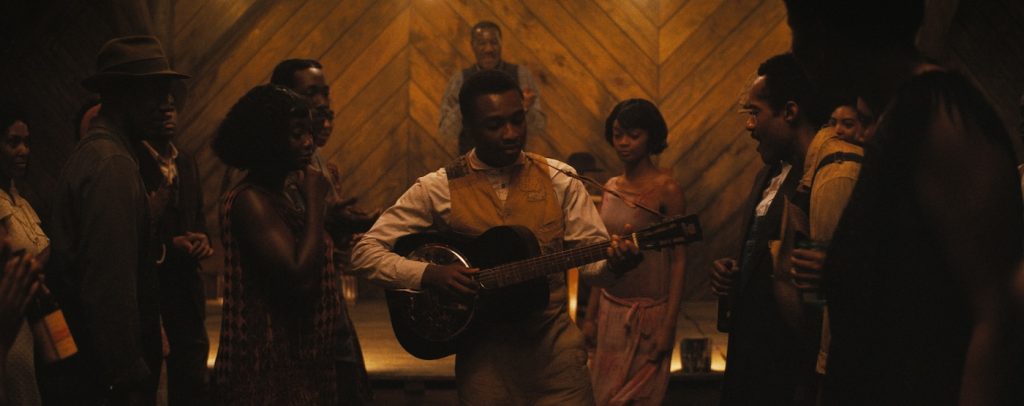
Capturing the actors’ performances had to be a thrill, starting, of course, with Michael B. Jordan as both Smoke and Stack, as well as all the supporting roles, including Delroy Lindo as bluesman Delta Slim.
Yes! I just gasp whenever I hear his name. I had never worked with Delroy before, but he was a joy to be around, and it was beautiful to see what he brought to the camera. All the actors were like that; each one had their own unique presence and magic that was incredibly captivating. But that train station sequence will always be a favorite Delroy moment for me. I remember seeing the first edit and thinking, ‘It’s perfect.’ They’ll likely study that scene in film classes because it’s so beautifully executed. It elevates the world, the performance, the dialogue, and the introduction of Delroy’s character.
Check out part two of our interview with Arkapaw. Sinners is, of course, in theaters now. See it in IMAX if you can.
Featured image: Ryan Coogler and Autumn Durald Arkapaw on the set of “Sinners.” CPhoto Credit: Eli Adé. Copyright: © 2025 Warner Bros. Entertainment Inc. All Rights Reserved.



